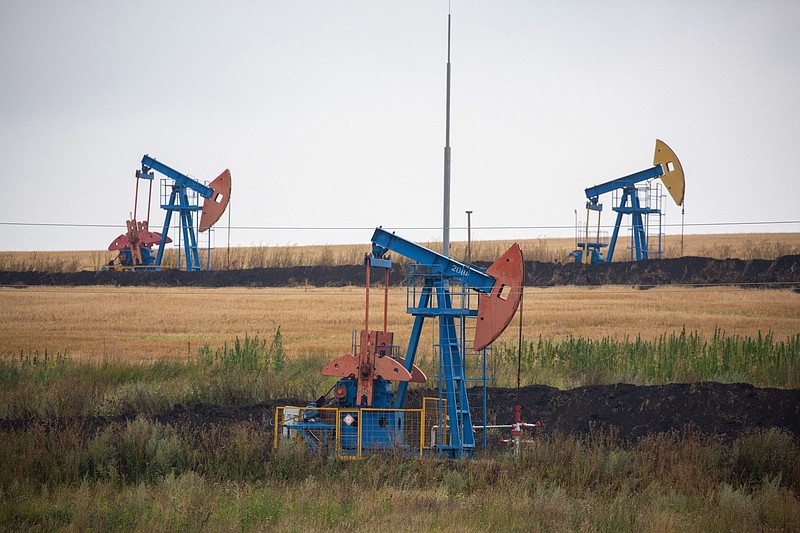OPEC and its allies agreed to stick to their existing plan for gradual monthly oil-production increases after a brief videoconference Wednesday.
Officials ratified the 400,000-barrel-a-day supply increase scheduled for October after less than an hour of talks, one of the quickest meetings in recent memory and a stark contrast to the drawn-out negotiations seen in July.
"OPEC have proven once again that they can meet and do things seamlessly," Christyan Malek, head of oil and gas at JPMorgan Chase, said on Bloomberg TV. "It's likely that harmony is going to be utilized" to respond flexibly to any further shifts in the market over the coming year, he said.
While conditions may appear favorable for the cartel right now, there are uncertainties on the horizon. Even as demand recovers, it has been buffeted by the emergence of coronavirus variants. The question of whether Iran and the U.S. will reach a deal to lift sanctions on the Islamic Republic's oil exports -- currently looking less likely -- also hangs over the market.
West Texas Intermediate pared earlier losses, trading 0.4% lower at $68.54 a barrel in New York.
The Organization of the Petroleum Exporting Countries and allies including Russia are in the process of rolling back the unprecedented output cuts implemented in the depths of the covid-19 crisis last year. About 45% of the idle supply has already been revived, and in July the group laid out a plan for gradually returning the remainder through September 2022.
With crude prices mostly recovered from their mid-August slump and the supply outlook relatively tight for the rest of the year, the 23-nation coalition had little reason to change the established schedule of gradual monthly supply increase, despite a request from the White House to revive output faster.
There had been some doubts about the plan when oil markets wobbled over the summer as the resurgent virus threatened demand. But fuel use proved resilient, with total oil products supplied in the U.S. rising to a record in late August.
